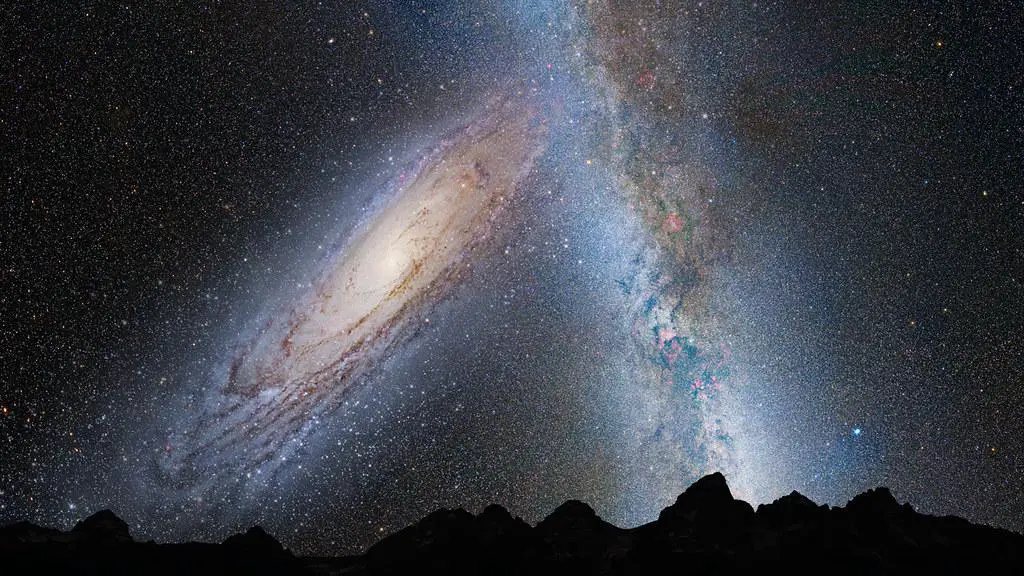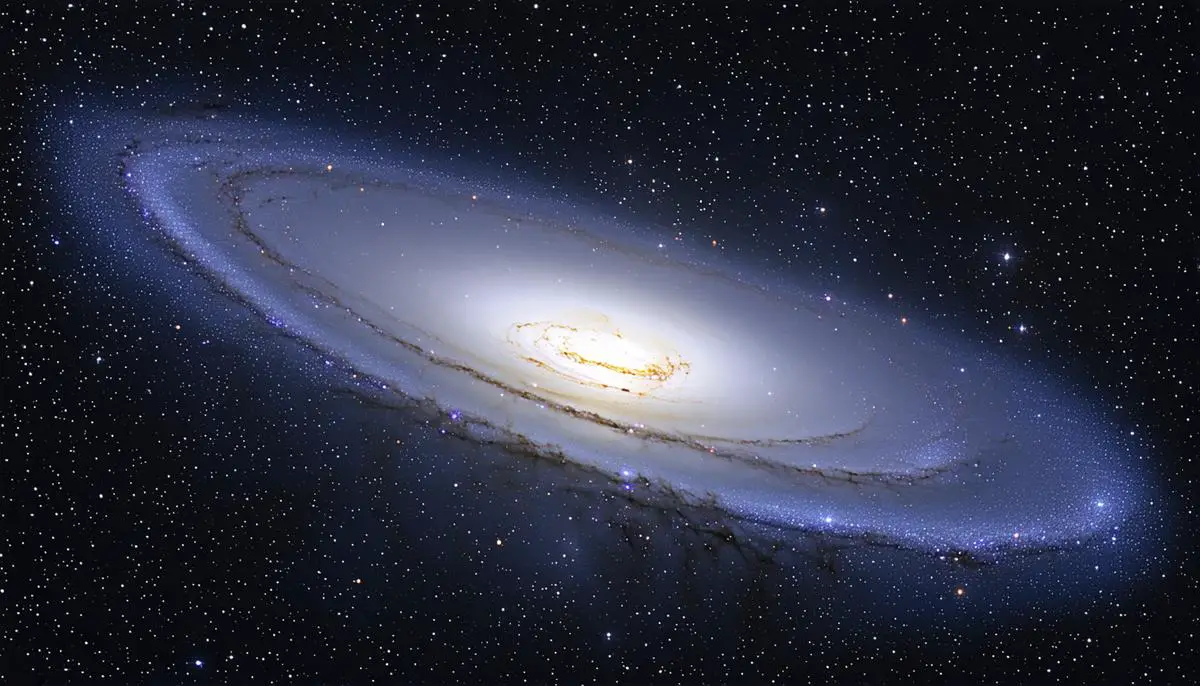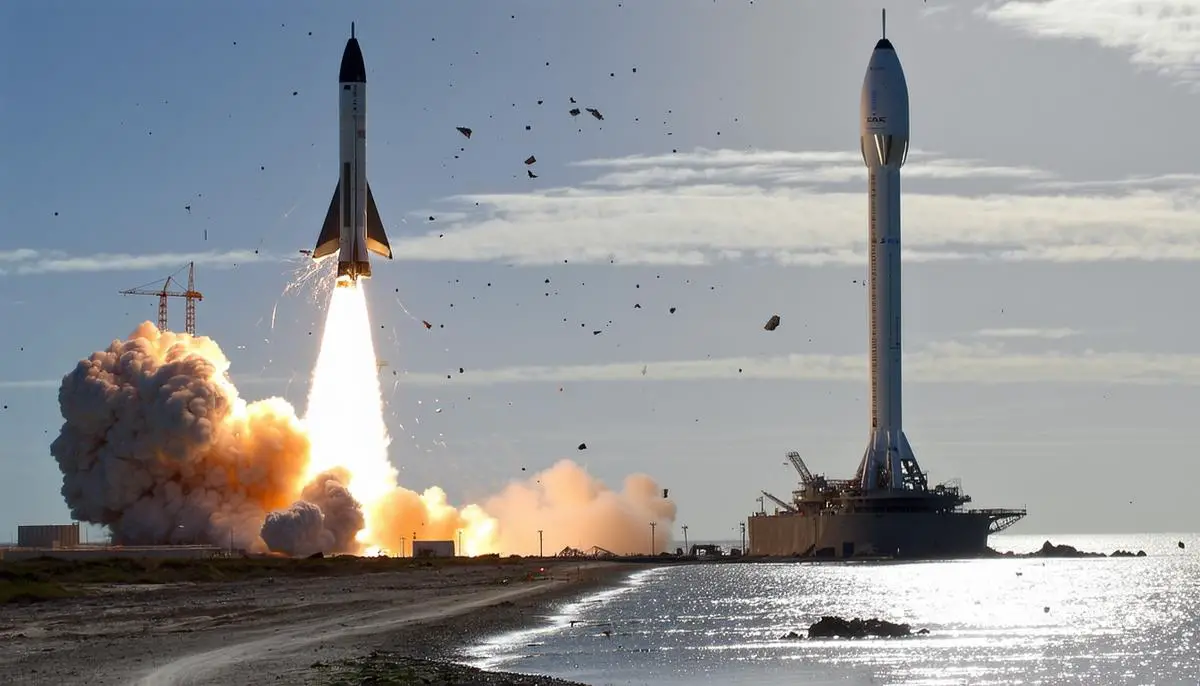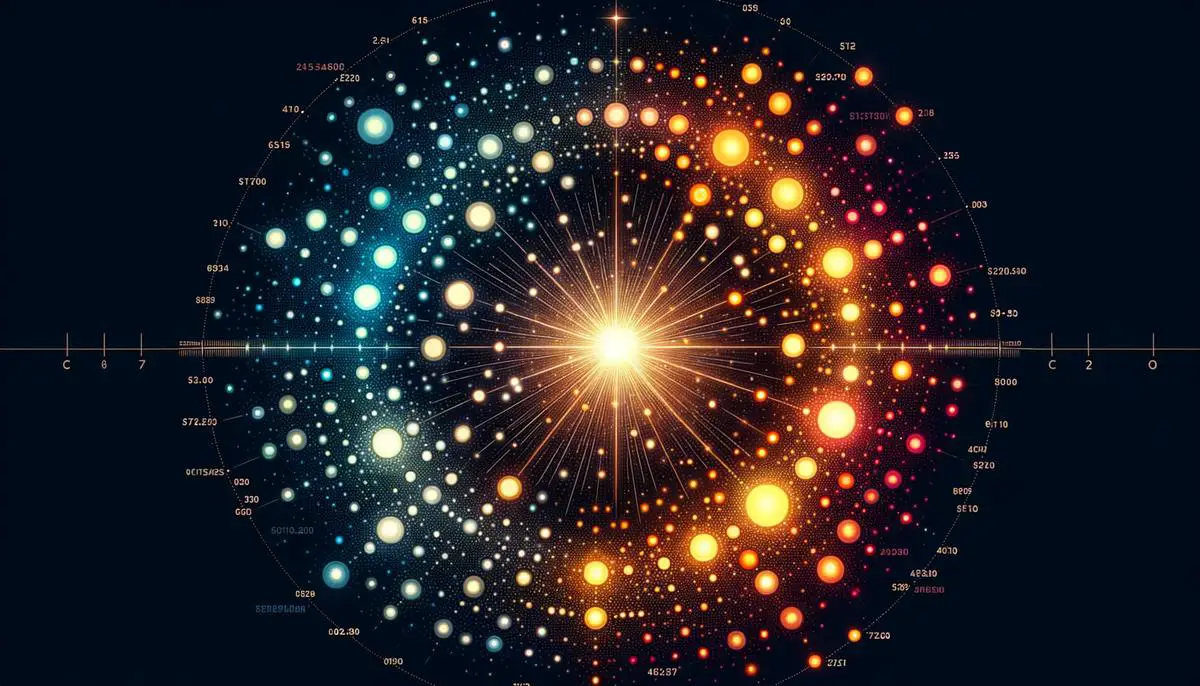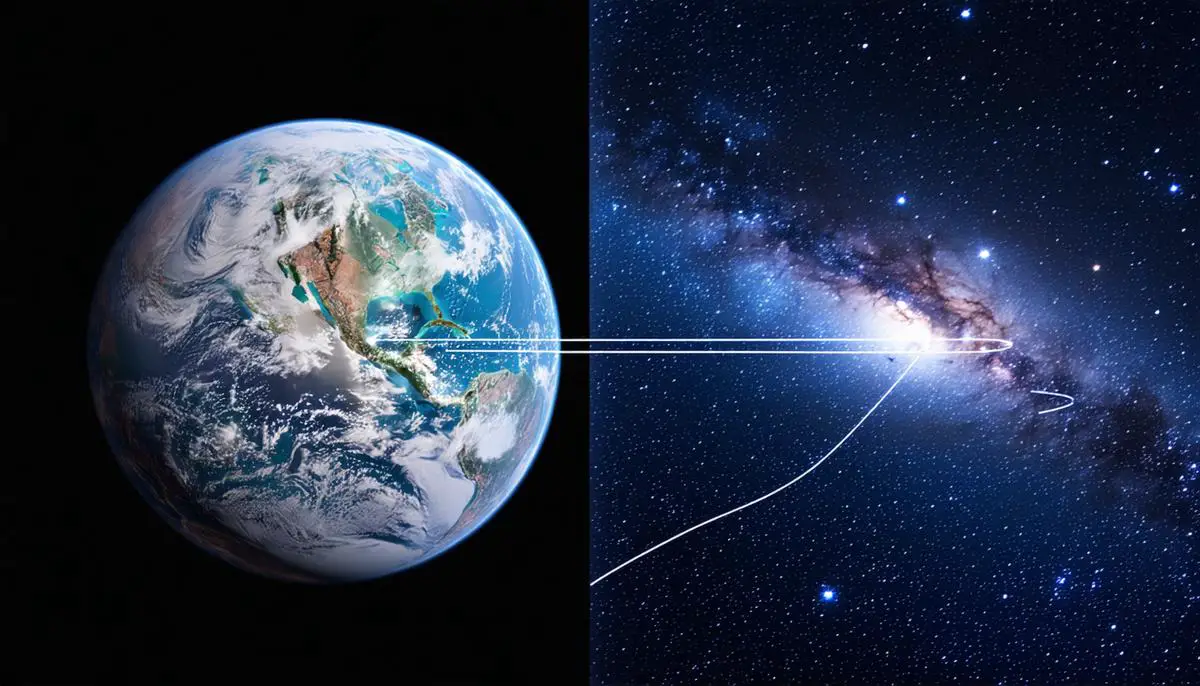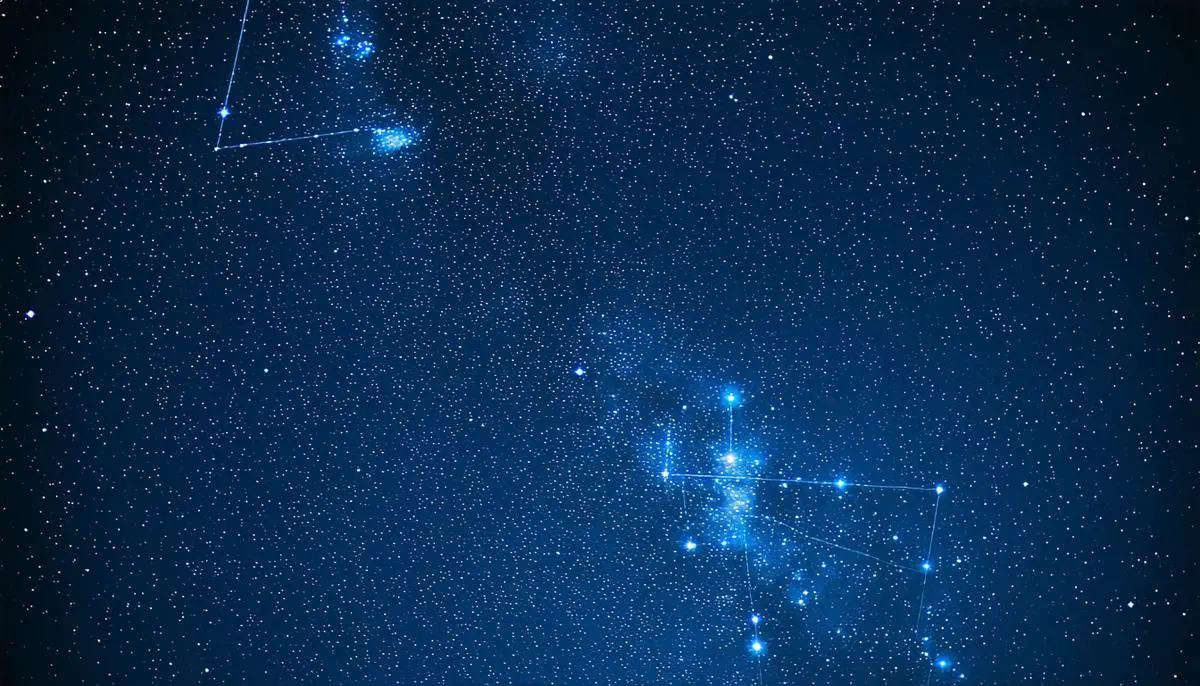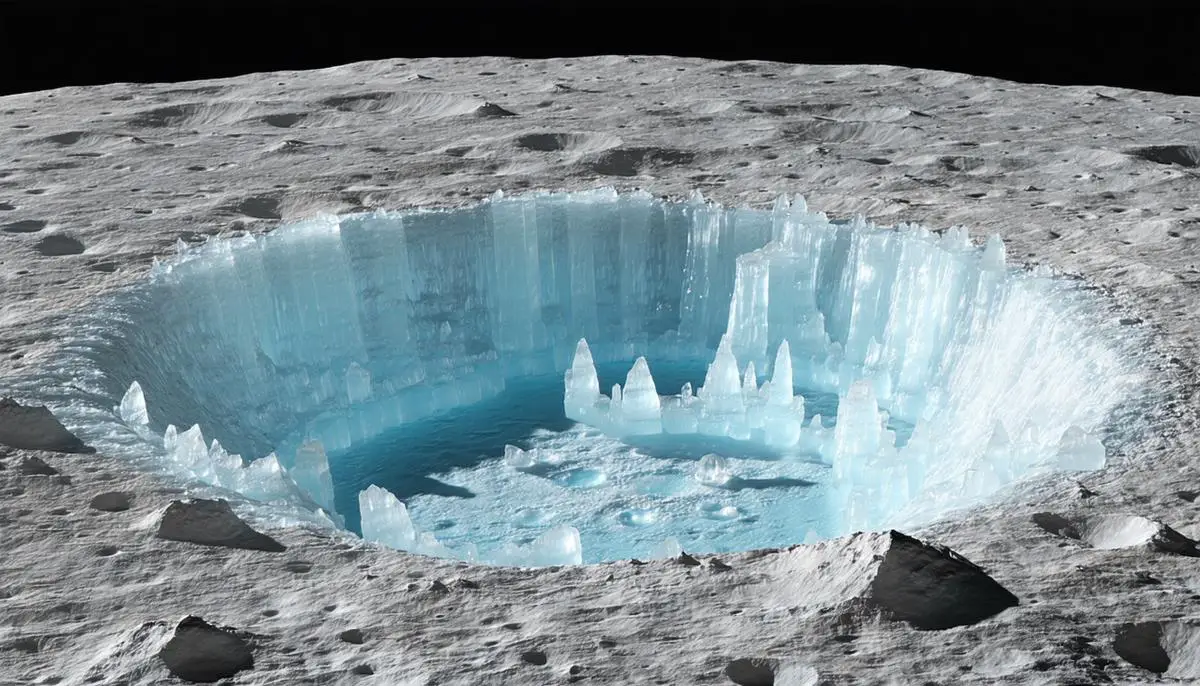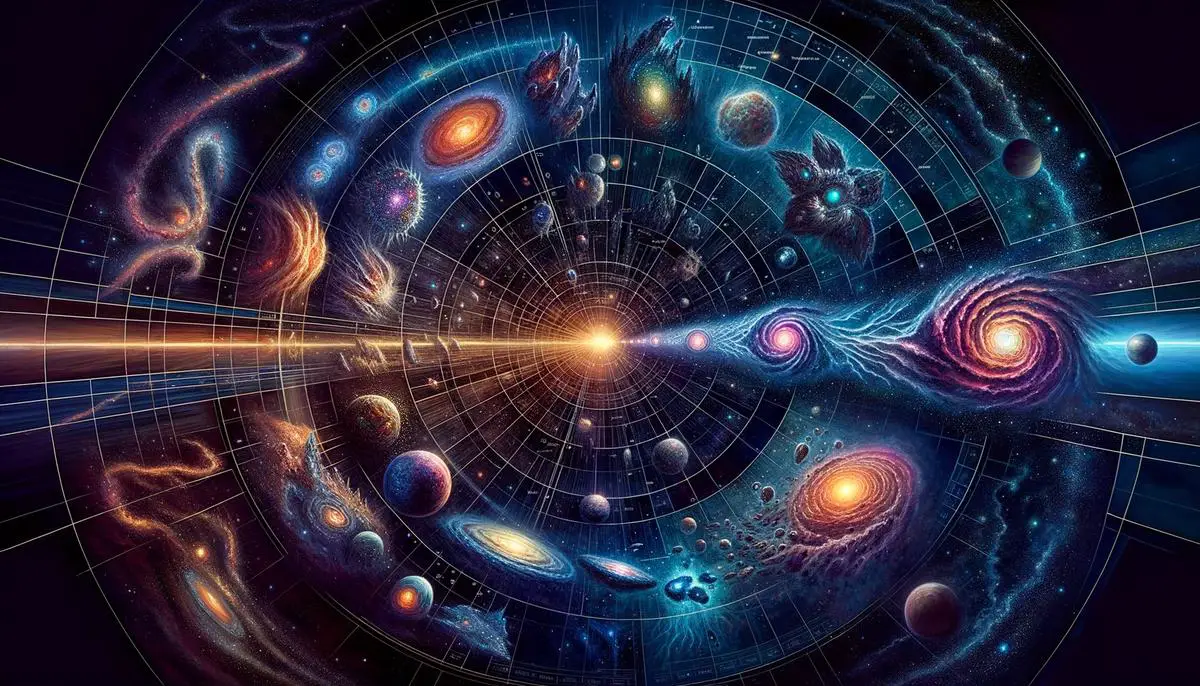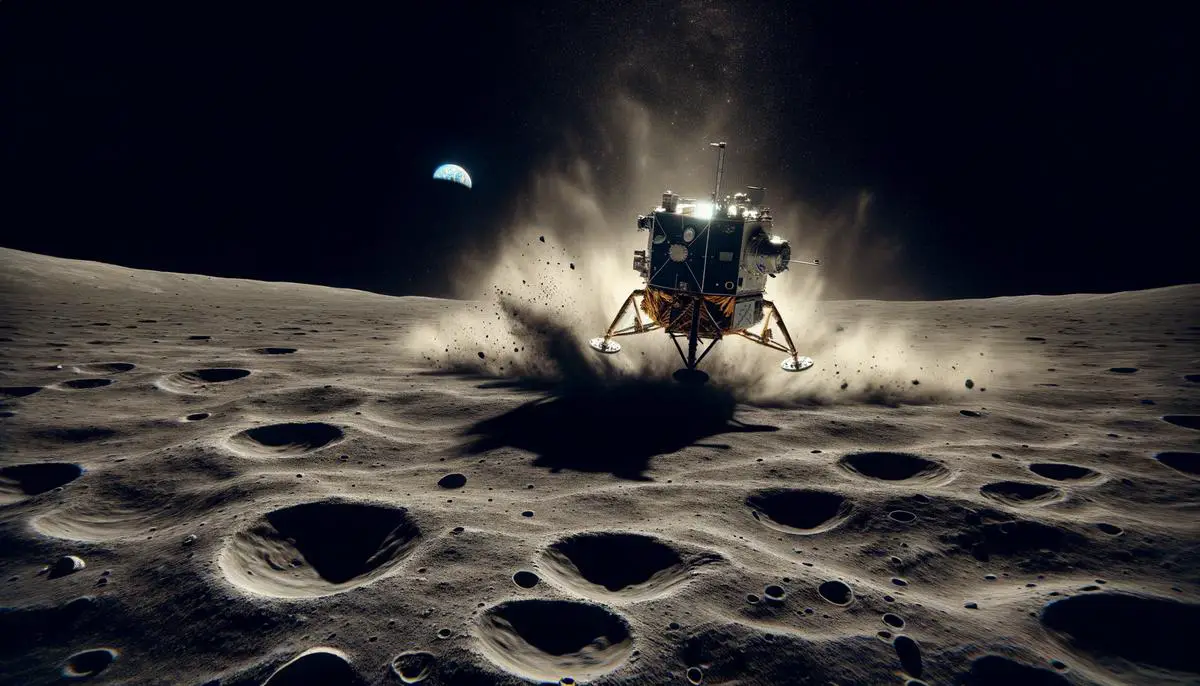Probability of Collision Recent studies suggest a 50-50 chance of the Milky Way and Andromeda galaxies merging. This uncertainty stems from the complex gravitational interactions within the Local Group of galaxies. The Triangulum Galaxy (M33) and the Large Magellanic Cloud (LMC) play significant roles in this cosmic dance, potentially influencing […]
![]()
